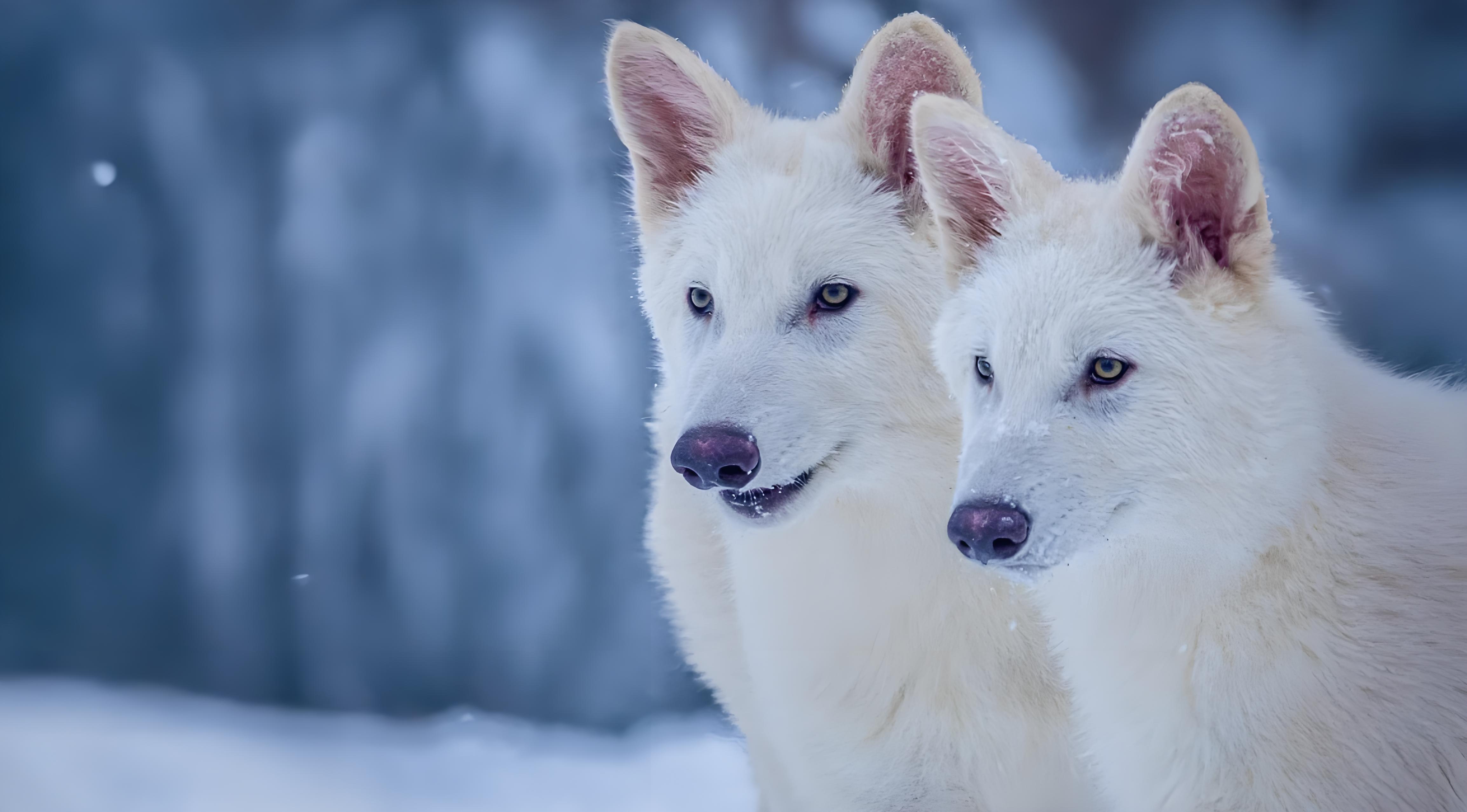
From Sci-Fi to Reality? The "Resurrection" of Dire Wolves Sparks Debate: How Close Are We to a Real "Jurassic Park"?
"Any sufficiently advanced technology is indistinguishable from magic."
When Ben Lamm, CEO of Colossal Biosciences, uttered these words, three fluffy dire wolf pups lay curled in a laboratory incubator—their birth rewriting the fate of a species extinct for 12,500 years and igniting global fascination (and controversy) over the power of "de-extinction."
A "Magical Moment" in Scientific History: From Fossil DNA to Living Pups
In 2024, the U.S. biotech company, already famed for its quest to revive woolly mammoths, stunned the world again. Using ancient DNA extracted from a 13,000-year-old dire wolf tooth and a 72,000-year-old skull, scientists reconstructed a complete genome. CRISPR gene-editing technology filled in missing sequences, and edited embryos were implanted into surrogate wolves.
The three pups—named Romulus, Remus, and Khaleesi—are not just marvels of genetic engineering. They hint at humanity's potential to reweave the tapestry of Earth's biodiversity. "We're unlocking the archives of life itself," Lamm declared at the press conference.
When Science Meets Dark Humor: Musk's "Mini Pets" and Jurassic World's Viral Jab
The internet instantly split into two camps. Tech optimists reveled in the possibilities: Elon Musk joked on X about "ordering a mini dire wolf as a pet," while users fantasized about "commuting on mammoths." Meanwhile, the Jurassic World movie account fired back with iconic sarcasm: "We see no possible way this could go wrong!"—paired with a screenshot of rampaging dinosaurs.
Comments exploded:
- "Humans: Watched Jurassic Park for 30 years but still didn't learn a thing."
- "Do scientists ever watch movies? What's next—Terminators?"
- "Give that Jurassic World social media intern a raise! This roast is legendary!"
Behind the memes lies a deeper tension: awe at humanity's godlike power, paired with fear of unleashing a Pandora's box.
Ethical Storms: Who Gets Resurrected—and Who Decides?
Proponents argue de-extinction could heal ecosystems damaged by humans (e.g., mammoths slowing Arctic permafrost melt). Critics, however, raise alarms:
- Ethical Dilemmas: Are these "reborn species" or genetic novelties?
- Resource Priorities: Should billions fund de-extinction over saving endangered species?
- Unseen Risks: Could ancient pathogens or invasive traits trigger chaos?
As one netizen quipped: "Jurassic Park was a cautionary tale, not a how-to manual."
---
The Future: Noah's Ark for Extinct Species or Corporate Spectacle?
Colossal's "de-extinction list" now includes dodo birds and thylacines. Lamm claims the tech will aid conservation (e.g., boosting genetic diversity in inbred African elephants). Yet as venture capital fuels this frontier, skeptics ask: Is this science's triumph—or a profit-driven circus?




